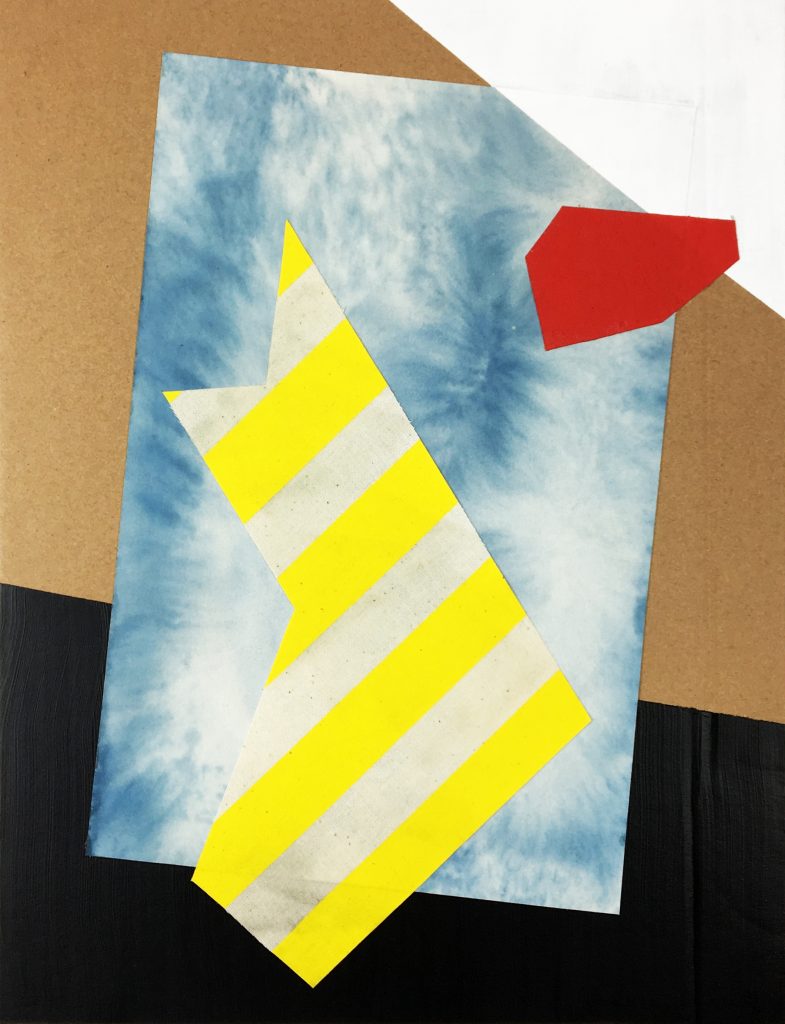
Acrylic, cyanotype, fabric on cardboard, 40 x 31,5 cm, 2022.
Ali Gharib

Acrylic, fabric sewn on canvas, 31.5 x 26 cm, 2022.
Ali Gharib
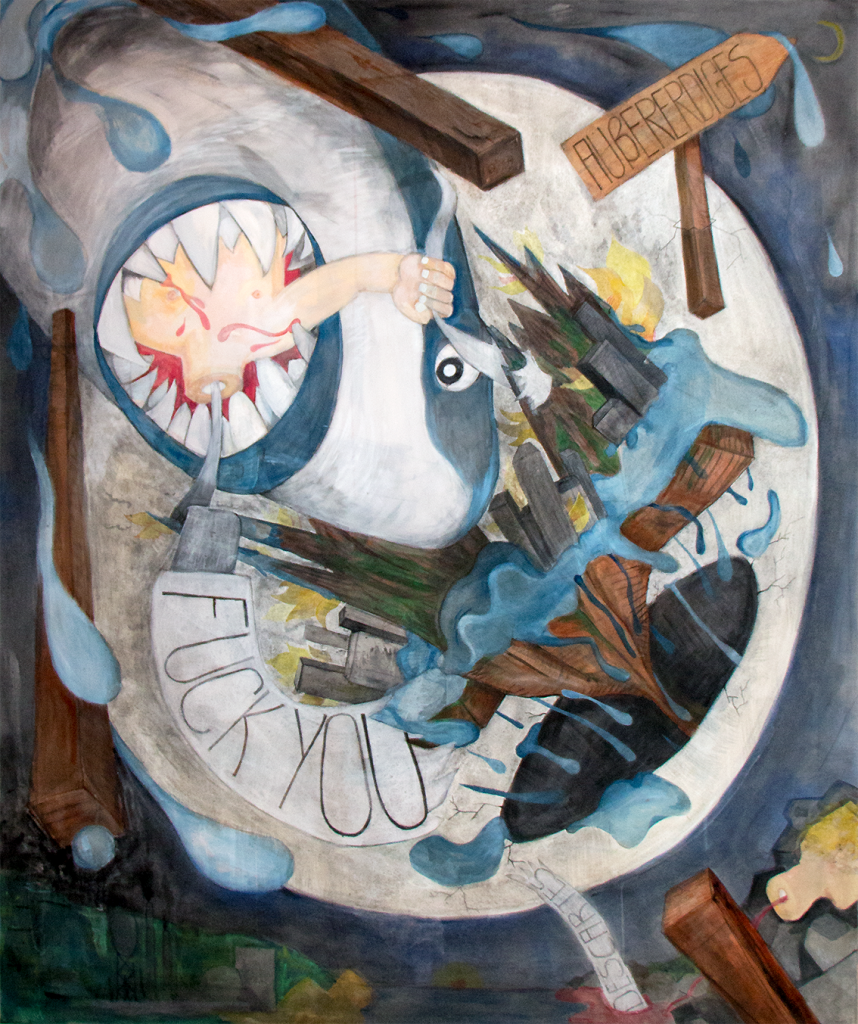
Egg tempera on canvas, 195 x 50 cm, 2018.
Ali Gharib
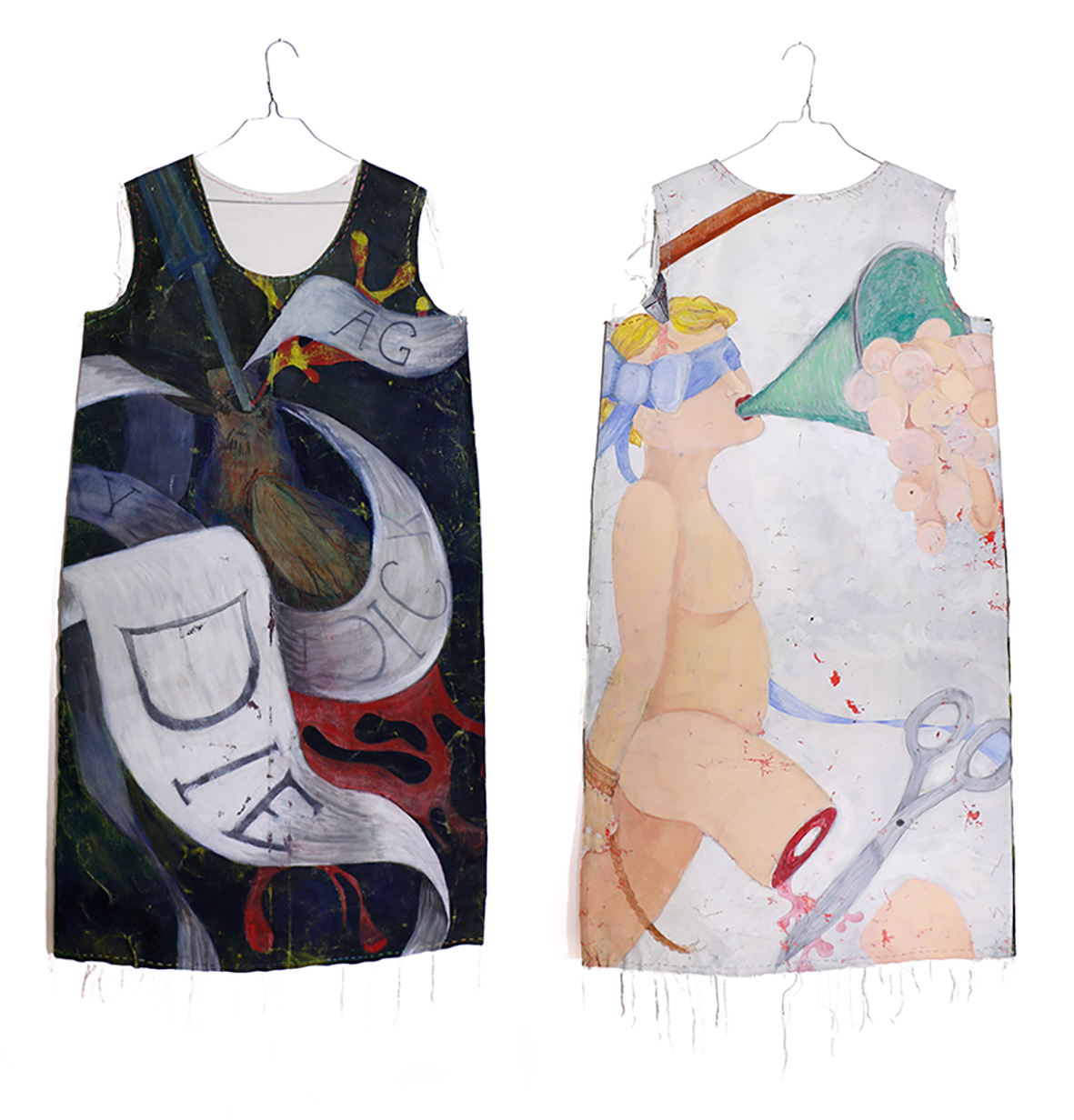
Egg tempera on canvas, 125 x 69 cm, 2017.
Ali Gharib
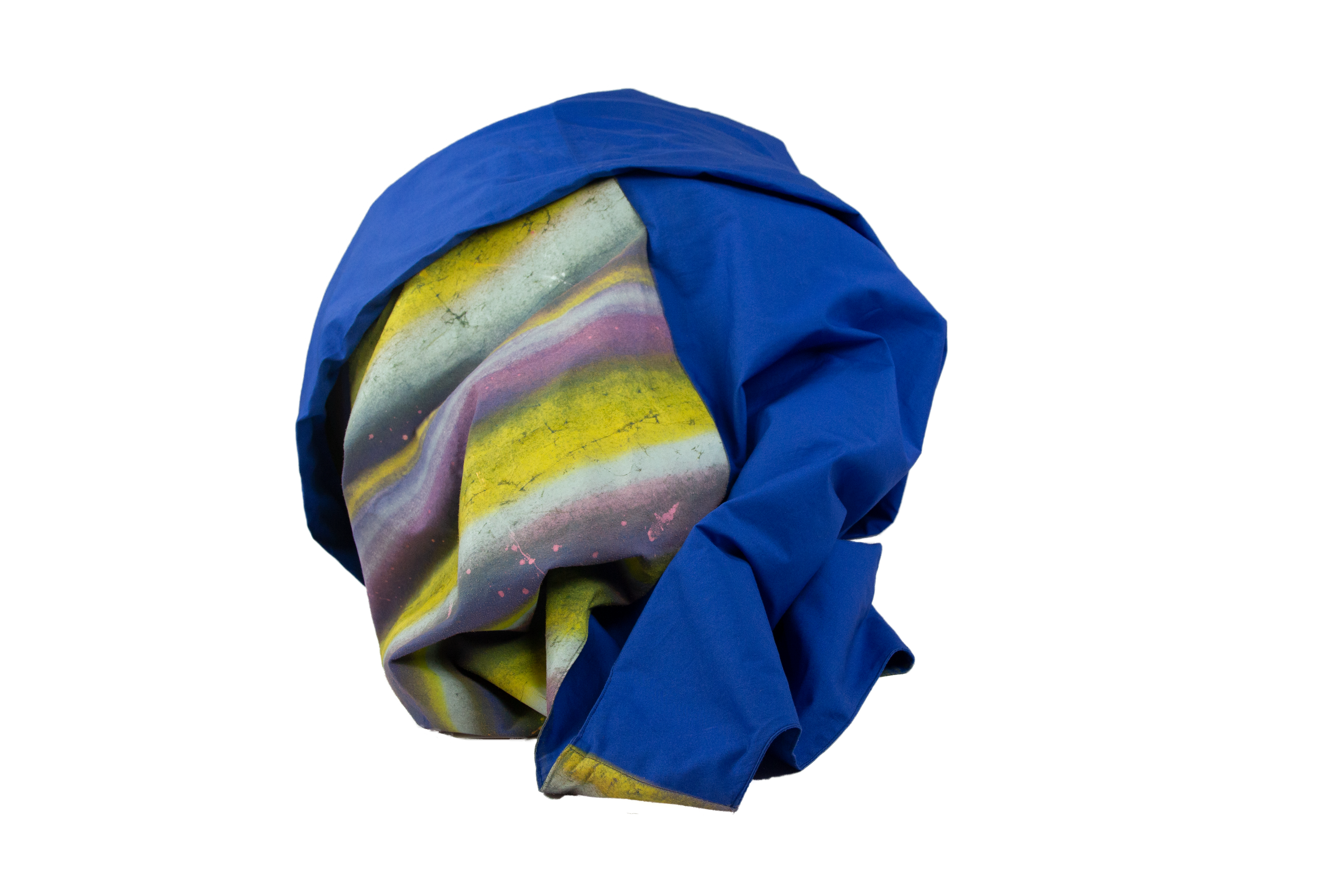
Acrylic on cotton, different sizes depending on the installation, 2017.
Ali Gharib

Digital photography, various sizes, 2018.
Ali Gharib

Egg tempera on paper, each 40 x 60 cm, 2014.
Ali Gharib

Porcelain, silicone, each h: 8 cm, 2013.
Ali Gharib
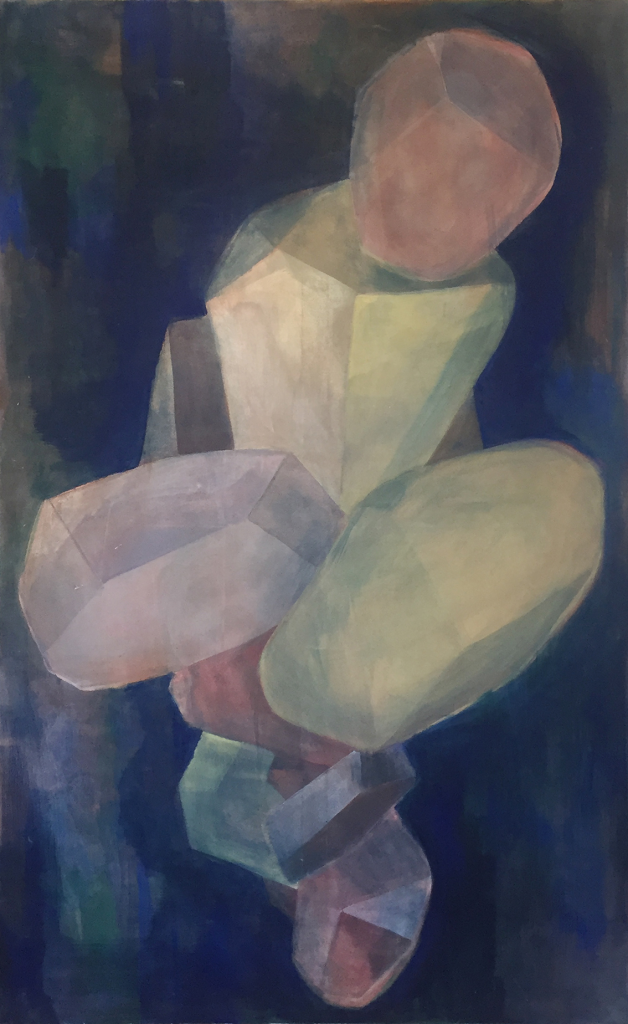
Egg tempera on canvas, 130 x 80 cm, 2013.
Ali Gharib
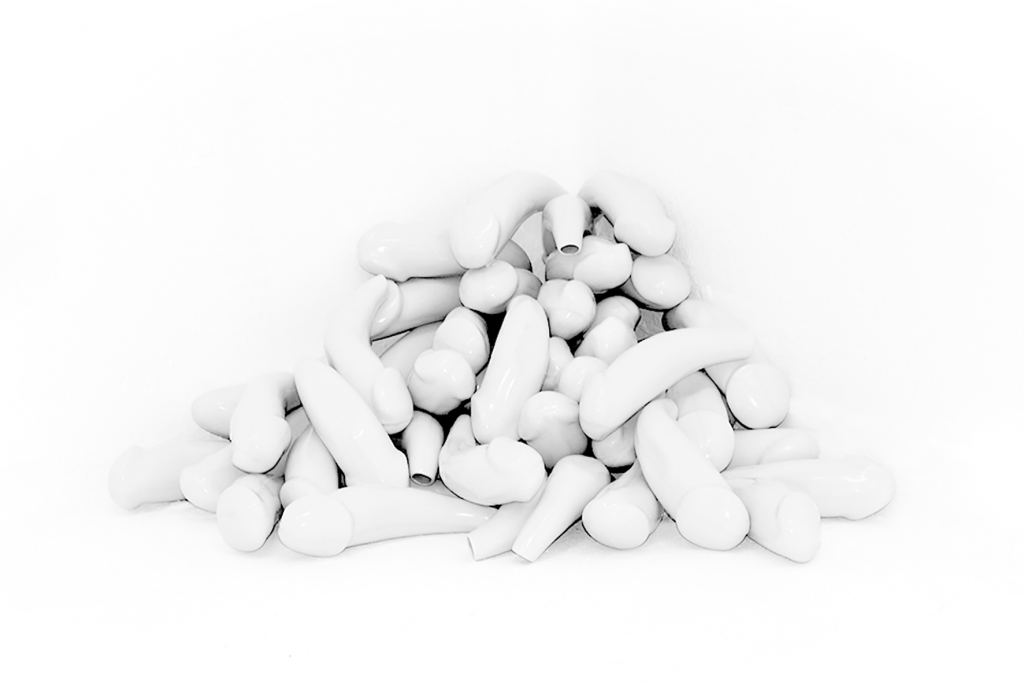
100 porcelain vases, each l: 13 cm, 2012.
Ali Gharib
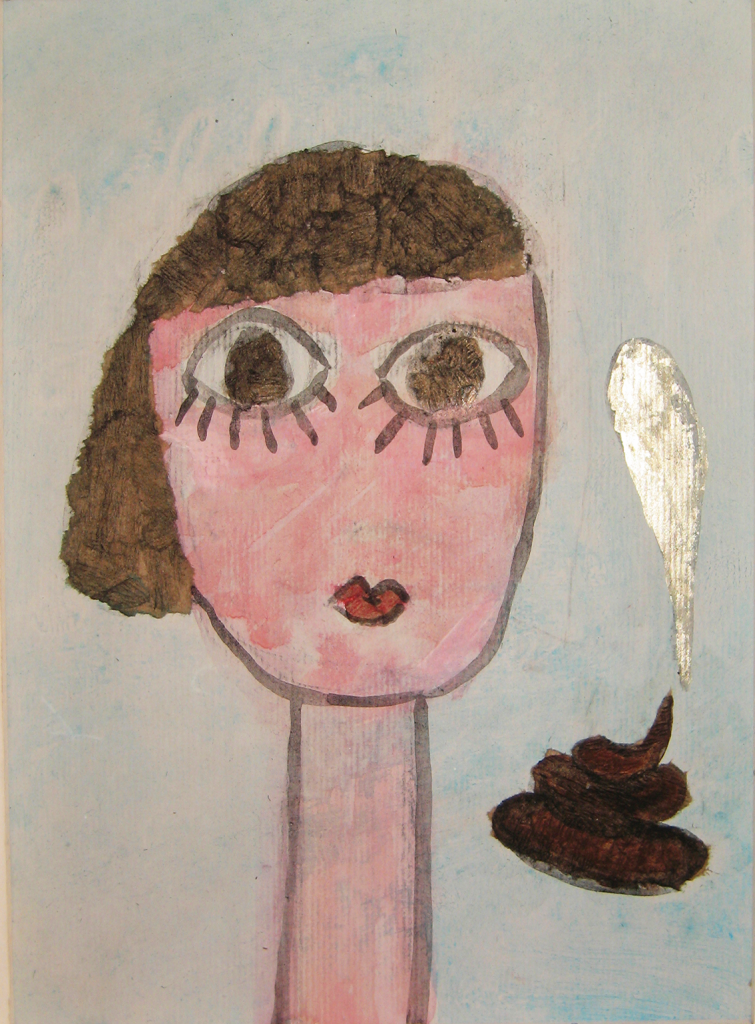
Tempera, gold leaf on paper, 36 x 26 cm, 2010.
Ali Gharib

Egg tempera, leaf copper on canvas, 60 x 40 cm, 2010.
Ali Gharib

Egg tempera on paper, 124 x 60 cm, 2009.
Ali Gharib

Egg tempera on paper, 53 x 40 cm, 2009.
Ali Gharib

Digital photography, various sizes, 2007.
Ali Gharib
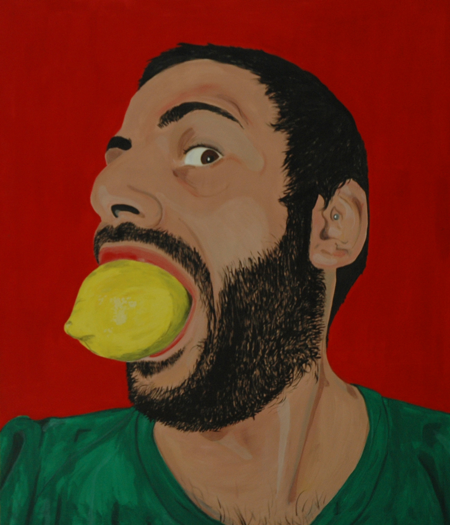
Dispersion paint on canvas, 200 x 160 cm, 2007.
Ali Gharib

Egg tempera on cardboard, 50 x 50 cm, 2006.
Ali Gharib